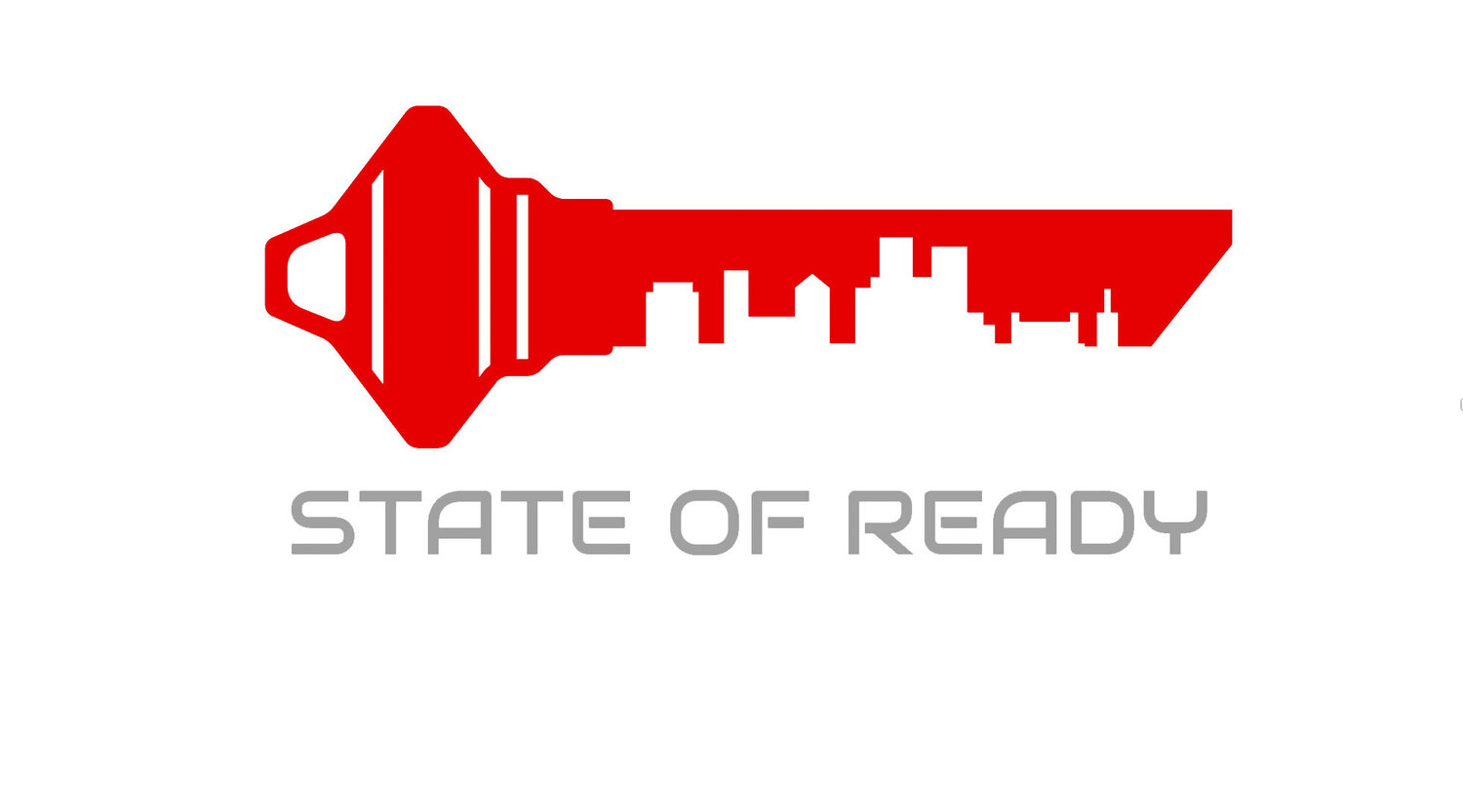At State of Ready we believe in Emergency Alerts as one of the most important ways to share information with the public. It has happened in recent events; a Volcano eruption in Hawaii, Wildfires in California, Flooding in Missouri, and Active Shooters in local areas. When you combine Emergency Alerts with Social Media to let the public know how to prepare, what to do, and where to go for help it saves lives. We encourage you to think about, “in the absence of knowledge chaos ensues.”
Emergency Alerting systems from CivicReady, Everbridge, or QuickSeries offer a lot of different advantages and pushing information out using a system for instant notifications. We encourage you to think about a couple of key points which include; having a policy which was approved by someone who still works there or a contractor, reviewing how long ago it was developed or last updated, who approved it especially all the stakeholders involved in your communities, and it is signed so everyone is in agreement as to who, what, how, and why an alert will be sent out to people who opted into the system.
Now getting people to opt into a system includes some important concepts including developing a chicken and egg approach to make it more robust as you are in development. In order to send messages you need to have people following and receiving information from your organization. This also means development of content (similar to last State of Ready podcast on Social Media) working with Press Information Officers, Communication Directors, Social Media Managers, First Responders, Emergency Managers, and the National Weather Service which are creative, descriptive, and engaging with hopefully a tie into social media and your organizations websites.
It is also important to develop some stakeholder buy in from partners in preparedness like; elected officials, local business, media, religious organizations, community groups, Emergency Managers, Office of Emergency Services, and residents of the community. We suggest thinking about using grant funds (if possible), or funding from civic groups like Lions, Shriners, Elks, or Kiwana’s to purchase swag. This could include a variety of items including:
Challenge Coins, Tshirt, Emergency Kits, Go-Bags (next week's State of Ready episode). If you find these methods successful it is easy to include measures of success or goals to achieve in annual reports to show subscriber comparisons among communities and to create challenges of what percentage of the population of the community has more people signed up.
The final piece is developing a solid form of communication looking to the experts like NYDEM, SFDEM, Washington EMD, Renton EM, Local EMA’s, and communities using CivicReady. If you develop your own templates to handle the issues you have every year regarding fairs, fireworks, etc., run them by your local EMA, CERT, Media, and Press Information Officers, to ensure the provide the information that is needed, when it is needed. This also comes with the responsibility to train either from the company you purchased the software from, or hosting exercises to test readiness, which allow a chance to review policy, procedure, and conduct after action reviews of what worked, and how to improve the process for the next event.
We encourage you to think about the lessons learned about Emergency Notifications above specifically thinking about:
■ Look at what is out there especially CivicReady
■ Develop policy and procedures
■ Work to have people use it
■ Market the system all the times, any way possible
■ Have templates for recurring events
■ Do after action reviews
Thanks for joining us this week and look for next week's podcast and go-bags. -Ed, Bill, and Mike Sutton
